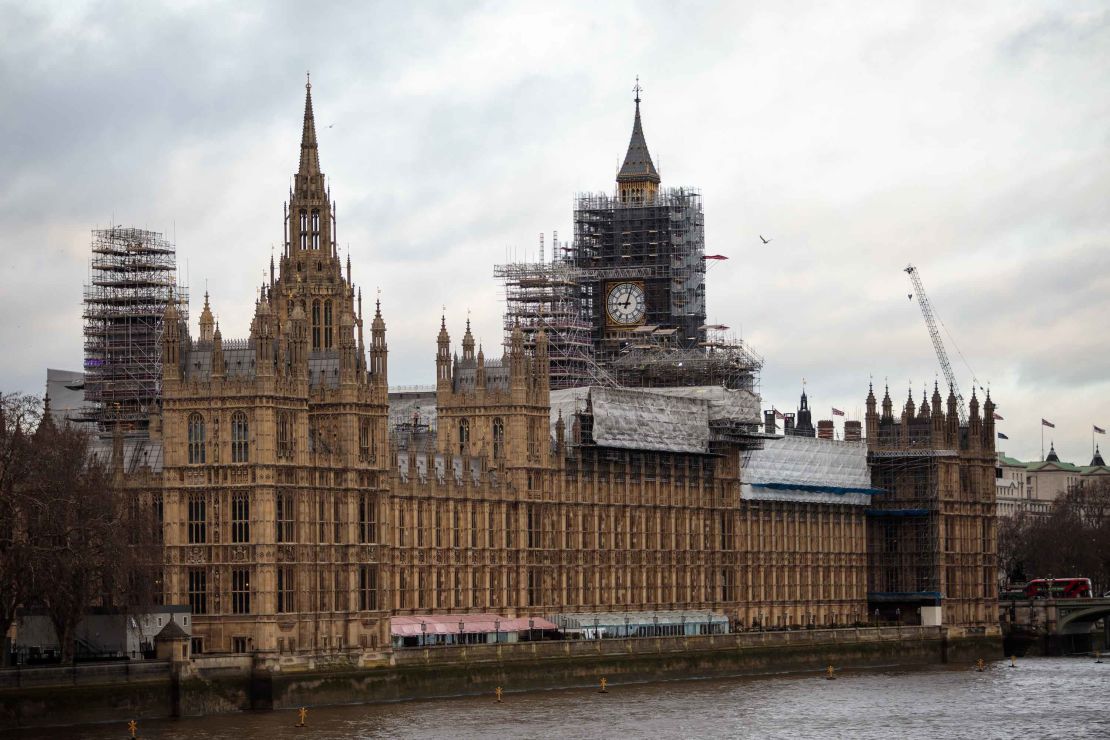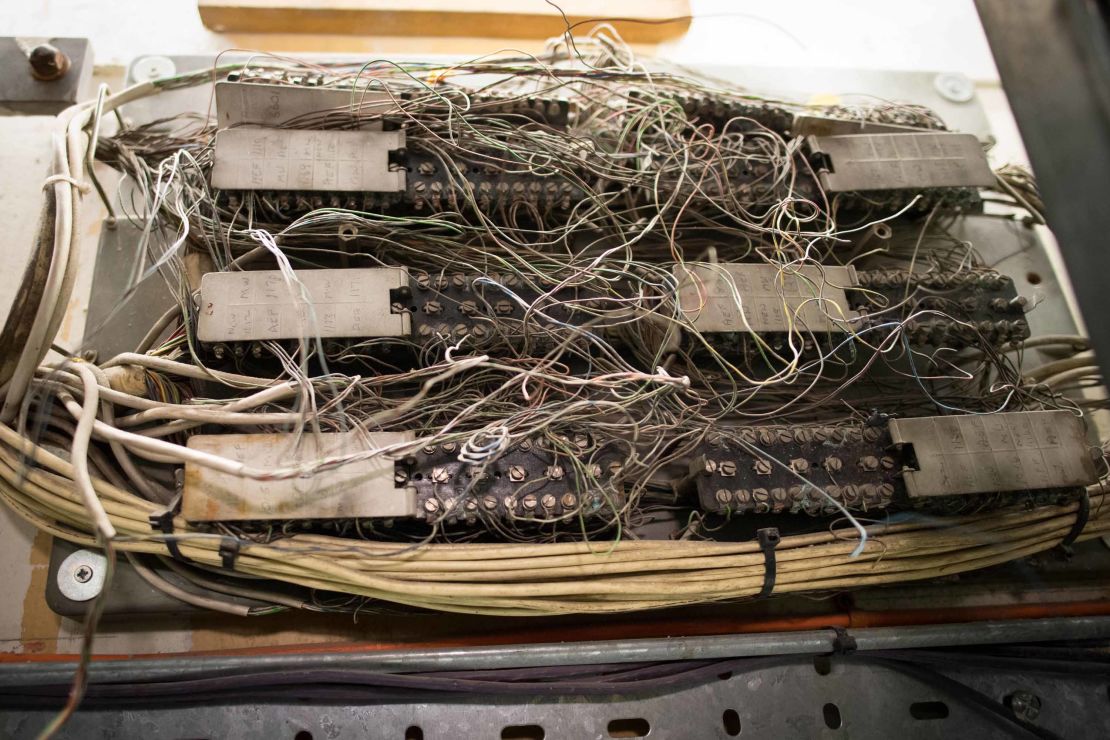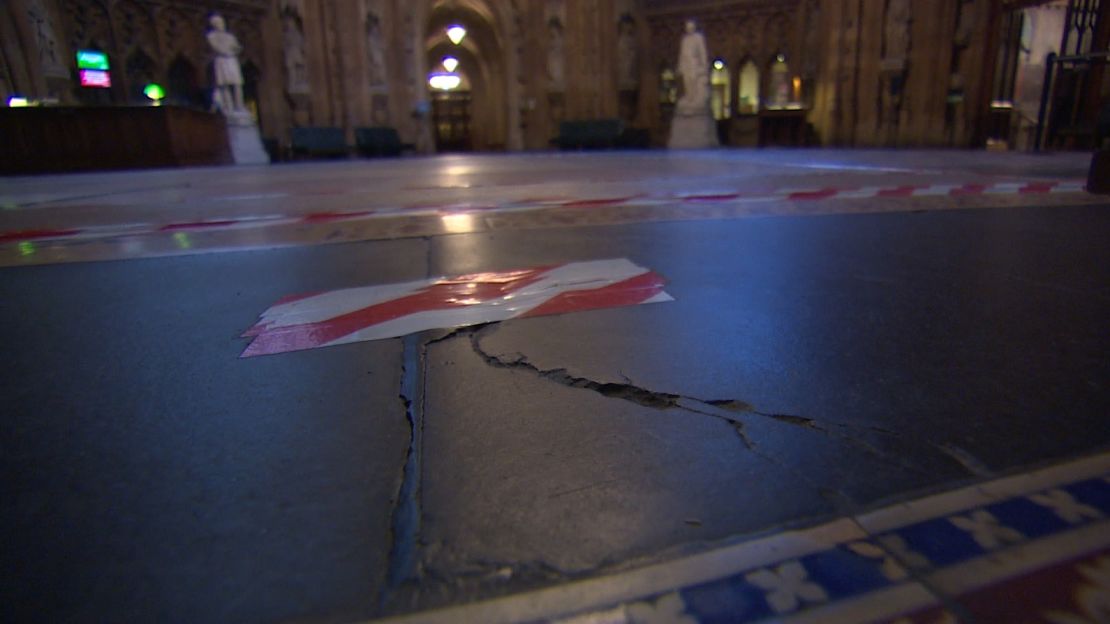The Palace of Westminster, often cited as the most famous parliament building in the world, is falling apart.
Behind the spectacular facade of Britain’s legislature, roofs are leaking, a tangle of electrical cabling and steam pipes presents a fire risk, plumbing systems are inadequate and dangerous asbestos is all around.
After putting off a decision for years over what to do about it, MPs on Wednesday voted in favor of moving Parliament out of the building to allow repairs to commence.

They agreed both chambers of the Houses of Parliament should vacate in a “timely” manner, but gave no specific year for when they would. Officials said earlier the move would not likely happen before 2025.
MPs had resisted greenlighting the refurbishment largely because they worry about the consequences of spending large amounts of money on their own building while imposing cuts on other public services.
Secrets of Westminster: Take a 360˚ virtual reality tour
Experts had warned that a decision could not be put off any longer.
MPs had the option of delaying the decision until 2022, while vital “patch and mend” work would continue in the meantime.
Speaking earlier this month, Commons leader Andrea Leadsom said that lawmakers had a “genuinely open decision” to make.
“The House needs to decide whether we can afford to justify the work that undoubtedly needs to take place to restore this Palace – a UNESCO World Heritage Site, with over 1 million visitors a year – at a time when there are great fiscal constraints,” she said.
“If the House does believe that now is the time, we need to think about how can we go about doing these things to ensure the very best value for taxpayers’ money.”
‘Substantial and growing risk’
Much of the current Palace of Westminster was built after a major fire in 1834, but parts of the site date back to the 11th century. Asa national iconand UNESCO World Heritage Site, its renovation represents a hugely complex – and costly – operation.
A report issued in September 2016 by a special joint committee of MPs and members of the House of Lords warned of an “impending crisis” that cannot responsibly be ignored.
“It is impossible to say when this will happen, but there is a substantial and growing risk of either a single, catastrophic event, such as a major fire, or a succession of incremental failures in essential systems which would lead to Parliament no longer being able to occupy the Palace,” the summary said.
The committee had recommended a “complete decant” of the palace for the duration of the work as the “best option,” saying it would allow the work to be completed in the shortest possible time frame, with the least disruption and probably the lowest capital cost, while providing “the greatest scope for meeting the needs of a 21st Century Parliament.”
This “full decant” option could provide enhanced amenities for an estimated £3.52 billion and significantly enhanced amenities for £3.87 billion, the briefing said.
It recommended MPs move to an unoccupied government building nearby, while members of the House of Lords would relocate to a conference center on the other side of Parliament Square.

The committee also put forward two other options, including moving MPs and Lords over consecutive periods as work took place over a longer time frame and at a higher cost.
The other was a to carry out a rolling program of work while Parliament continued its work in the middle of a building site. The committee warned that would carry “a particularly high burden of risk” and would likely mean the renovation project was not completed until the 2050s or 2060s.
Speaking to CNN in 2016, Lady Stowell, then leader of the House of Lords, said: “This kind of work is what you might think of as surgery to the major arteries and veins and major organs of this building. What it is not, in any way, shape or form, is a facelift or a makeover. It looks great – but inside it’s damaged.”

Scaffolding is already in place around parts of the Palace of Westminster as essential repair work needed to keep the site running – itself costing tens of millions of pounds – is carried out.
Big Ben, the bell that marks time in the clock over the Houses of Parliament, was taken out of action last summer as part of a controversial renovation plan of Elizabeth Tower, which houses the clock. Costs have already significantly overrun on that project.
CNN’s Max Foster and Florence Davey-Attlee contributed to this report.






